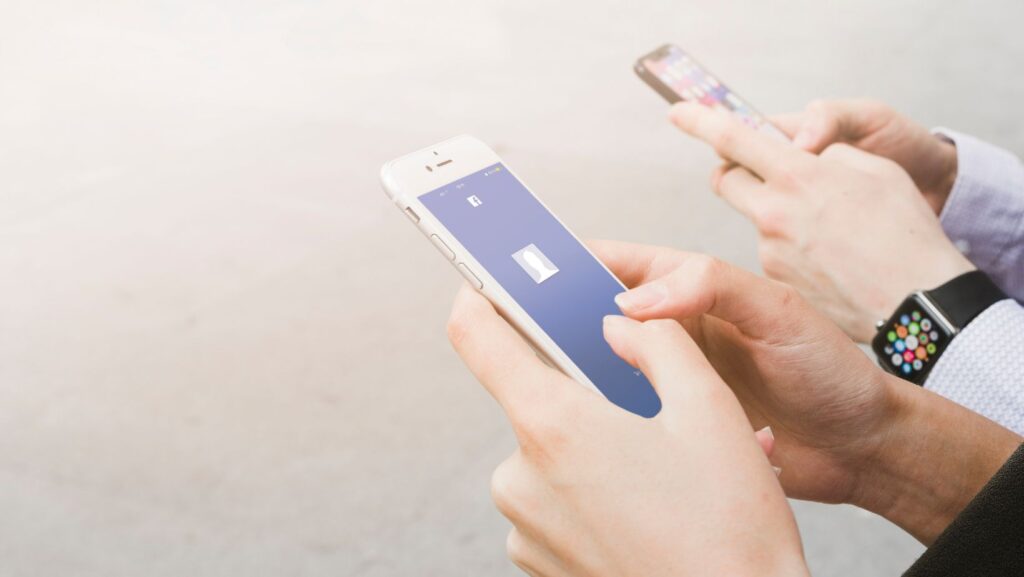There’s a big difference between a rewards program that checks a box and one that actually makes people feel appreciated. Too often, companies build systems that are technically “in place” but fail to inspire or engage anyone. Gift cards that go unnoticed. Swag that collects dust. Points that never get redeemed.
If you’re going to invest time and money into rewarding your team, it should have real impact. Done right, a great rewards program can boost morale, increase retention, and create a culture people are proud to be part of. Done wrong, it can feel hollow or even frustrating.
So, how do you build a rewards program that your team will genuinely love? One that fits your culture, reflects your values, and actually makes people feel seen?
Here’s a roadmap.
1. Start with the “Why” — Not the “What”
Before you even think about rewards, ask yourself: Why are we doing this? What’s the purpose behind the program?
Is it to recognize everyday wins? Celebrate tenure? Motivate performance? Strengthen culture? All of the above?
The clearer you are about the “why,” the more focused — and effective — your program will be. Rewards should never feel random or transactional. They should reinforce the behaviors and values you want to see more of across your organization.
When employees understand the meaning behind the recognition, the reward becomes a symbol — not just a prize.
2. Involve Employees in the Design
The biggest mistake companies make when launching a rewards program is doing it for employees, instead of with them. Leadership rolls out a top-down system that looks great on paper but doesn’t resonate in practice.
If you want your team to love your rewards program, ask them what they actually care about.
What kind of rewards do they value? What moments matter most to them? Would they prefer public recognition or private appreciation? Cash or experiences? Swag or time off?
Send out a short survey or host informal discussions. You’ll be surprised how much insight you can get just by listening. And when employees see that their feedback is baked into the program, they’re far more likely to engage with it.
3. Make Rewards Timely and Specific
One of the most powerful things you can do is connect the reward directly to a moment or action.
“Thanks for being a great teammate” is nice.
But “Thanks for stepping up last Friday when the site went down — your quick thinking saved the project” is memorable.
Specific recognition tells people you actually noticed what they did. And when that recognition is paired with a timely reward — even a small one — it creates a lasting positive impact.

Don’t wait until the end of the quarter to recognize a win from three months ago. Build in ways to appreciate people in real time.
4. Offer Choice and Flexibility
Not everyone values the same thing. Some people light up at the idea of a new gadget. Others would rather have a quiet afternoon off or a dinner with their partner. The best rewards programs understand this and offer options.
This is where platforms that include diverse reward catalogs — like digital gift cards, experiences, lifestyle upgrades, or custom merchandise — can be game-changers.
Offering employees the freedom to choose rewards that fit their life ensures the experience feels personal, not one-size-fits-all.
Even better? Consider adding experiential or values-driven options, like charitable donations or wellness experiences. When you give people meaningful choices, the reward becomes much more than just a transaction.
5. Tie Rewards to a Broader Culture of Appreciation
A rewards program should support your culture — not replace it.
Don’t make the mistake of thinking a gift card will fix a toxic environment. True appreciation starts with everyday habits: saying thank you, recognizing effort, building trust.
When a strong culture of gratitude already exists, rewards act as the cherry on top. They reinforce what’s already there. But if you’re using rewards to paper over poor management or low morale, they’ll feel hollow.
Make sure your leaders are modeling the kind of behavior you want to see: giving genuine recognition, showing empathy, celebrating wins (big and small). The best rewards systems amplify culture — they don’t create it from scratch.
6. Keep It Simple and Scalable
Complicated systems get ignored. If people don’t understand how rewards are earned, how to redeem them, or when they’ll arrive — they won’t bother. Worse, they’ll get frustrated.
Keep your program simple, consistent, and well-communicated. Make sure everyone knows how it works and what’s expected.
This is especially important for growing teams, hybrid workplaces, or companies with global reach. Consider platforms or tools that can scale easily, work across time zones, and handle logistics like taxes, currencies, or shipping without creating a nightmare for HR.
A smart, user-friendly system doesn’t just reduce headaches — it builds trust in the program.
7. Track What Works — and Be Willing to Evolve
No rewards program should be set in stone. Once you’ve launched, keep an eye on the data:
- Are people using it?
- Which rewards are most popular?
- Are certain teams engaging more than others?
- Does it actually improve retention or engagement?
Survey your employees regularly and ask for feedback. Adjust as needed. The most beloved programs are the ones that grow with the team — not the ones that are “set and forget.”
You might start small and expand. Or start with monthly recognitions and evolve into more personalized employee perks rewards as the team scales.
Either way, stay curious and stay flexible.
Final Thoughts
Building a meaningful employee rewards program isn’t about flashy prizes or generic perks. It’s about creating a thoughtful, consistent way to say: We see you. We appreciate you. You matter here.
When people feel genuinely recognized, they bring more of themselves to work. They engage more fully. They stay longer. They speak more positively about your company — and that impact reaches far beyond any single reward.
If you want your rewards program to make a real difference, make it human. Make it intentional. And most of all, make it yours.



